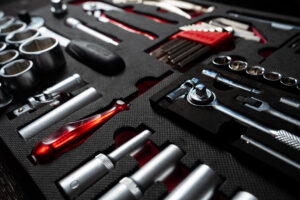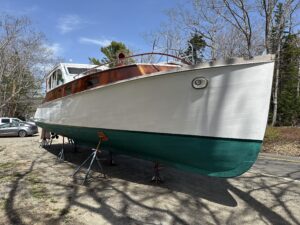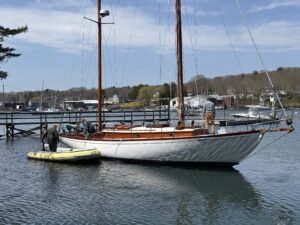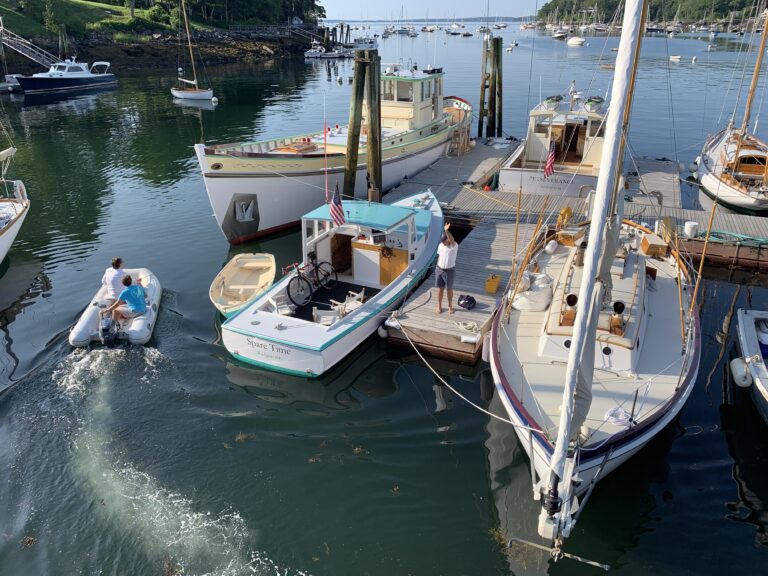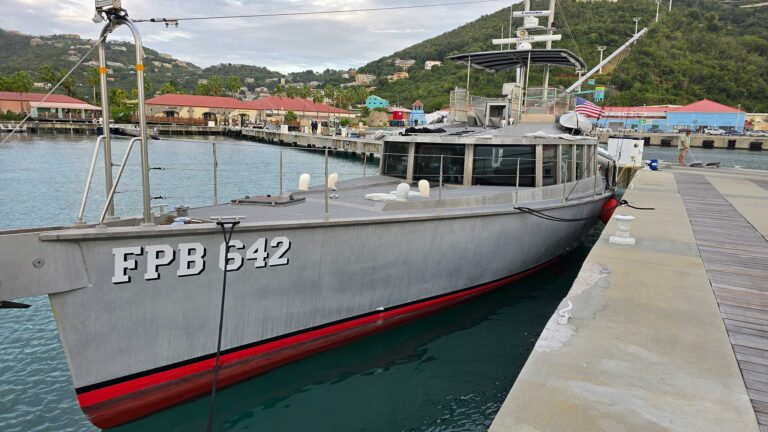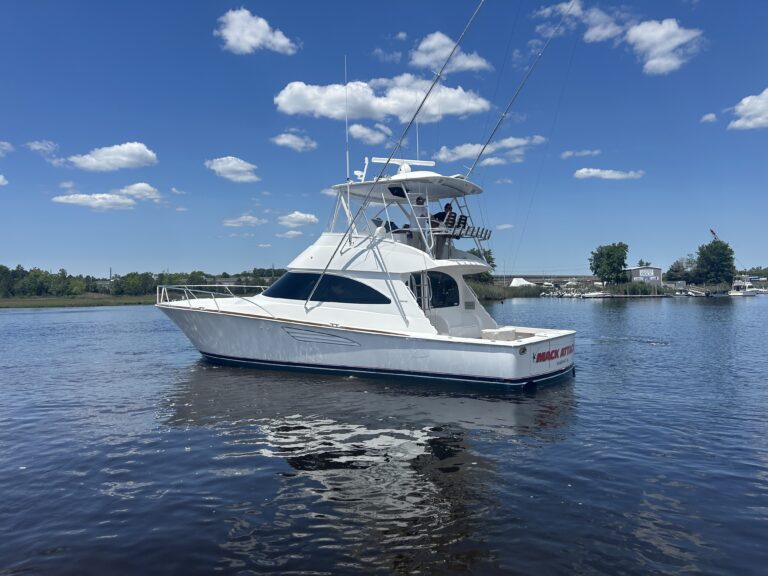
After more than a quarter century with the same boat, I finally took the plunge and ordered a new Pathfinder 2700 Open, a hybrid model that combines the best qualities of a large bay boat with the offshore capabilities of a midsize center console. I purchased it with a matching Ameratrail trailer so I had the option of traveling by road in search of fish, but it would be spending most of the year in a slip in a tidal river, and that meant dealing with hull-fouling flora and fauna. Just the thought of sanding that new, slick white bottom was anathema to me.
I am well-acquainted with the torturous methods of prepping a hull for bottom paint and I had no desire to expose my new baby to such treatment. So, I did some research and discovered a process for applying bottom paint to a new hull that requires no sanding or media blasting. I had not heard of it, so I called Jay Smida, sales and technical representative at AkzoNobel Yacht Coatings Division, parent company for Interlux. Turns out the process maintains the natural properties of the hull’s gelcoat while providing the antifouling protection the boat needs to keep the nasties at bay.

This no-sand process utilizes Interlux’s Fiberglass Surface Prep with the newest member of the brand’s Micron family of antifouling paints—Micron Navigator. (It just happens to be available in white, the perfect color to compliment my blue and white Pathfinder.) Both prep and paint are water-based, and the EPA-approved prep is safe to rinse into sewer systems or nearby waterways, so you can use it pretty much anywhere.
For my Pathfinder, we would add another application: a single coat of InterProtect 2000E, even though the process works perfectly without it. Why use a barrier coat when it’s not necessary? Well, Navigator, like all the Micron formulations, is an ablative paint that slowly scuffs off as the boat is used. That keeps the antifouling ingredients fresh throughout its lifespan. But how would I tell it was wearing thin when I was applying white paint over a white bottom? Jay’s solution was to use a single thin coat of gray InterProtect, a two-part epoxy product. Thus, when the Navigator nears recoat time, the gray will start to show through. Brilliant!

When it came time to paint, I was assisted by Jay and Todd Ketchow, manager at Gateway Marina in Highlands, New Jersey, where the boat is berthed and serviced. Todd kicked off the process by marking the boat’s waterline down both sides and across the transom. The boat was pulled, placed on a rack, then acid- and power-washed. He then taped the hull 1-1/2 inches higher than the
waterline.
Back at the paint shed, Jay opened a gallon of Surface Prep, which looks like a thin brown slurry, and mixed it thoroughly with a spiral paddle on an electric drill to make sure the mild abrasives were suspended throughout the mixture. Using a roller tray and medium nap roller, he began applying the mixture to a section of the hull, which was loosely segregated into four quadrants. We massaged the prep solution into the gelcoat using wet 3M Scotchbrite pads attached to a doodlebug handle. “All we’re doing is dewaxing the surface to remove any remnants of mold release wax that might remain from when the hull was manufactured,” Jay said, “and gently scuffing it, leaving behind micro abrasions for the paint to adhere.”

After scrubbing, the residue is rinsed off with a hose and fresh water. Properly done, the water sheets off the prepped surface. If there is any indication that the water is beading on an area to be painted, reapply the surface prep and scuff it again with the pad. When done, a close look should reveal the shallow scratches in the gelcoat.
For the Pathfinder, the next step was to apply the gray InterProtect 2000E, but if you are using a dark color bottom paint over a light bottom or vice versa, this step is unnecessary. When applying the InterProtect and bottom paint we carefully painted around all through-hull fittings. Ditto the trim tabs, transducers, jack plate and any metal mounting hardware. After the recommended drying time, we applied the first of two coats of antifouling paint. Drying time can vary with temperature, humidity and the combination of products being used, so always refer to the product instructions.
Micron Navigator incorporates Econea, an alternative to cuprous oxide, which is effective against hard-fouling critters like barnacles. In addition, the paint contains Biolux, a biocide that protects against soft growth like algae, slime and grass.

When the first coat of Navigator was complete and allowed to dry, Todd went back and applied two heavy coats of InterZinc antifouling spray paint to the through-hull fittings, trim tabs, the submerged portion of the jack plate and any other metal components. This is done between coats of Navigator so the overspray can be hidden with the second coat of white bottom paint for a super-clean appearance when complete. Todd also applied two coats of Aquagard black transducer paint to the exposed face of the Airmar B175 tilt-element transducer and the Simrad multiducer tucked under the engine platform at the transom.

After the second coat of Navigator had dried completely, the boat was lifted off the cradles to rest overnight and then splashed for the season.
The entire process took two days, much of which was drying time between coatings. When complete, the finished job looked great. I had no worries about damage to the gelcoat of my new boat, and I found that the paint had almost no effect on the top-end speed or fuel economy.

Jay says that when it’s time to recoat, a good power wash is usually all it takes before adding a new layer of Navigator. And, the recoat process can be repeated numerous times, making this an excellent long-term antifouling solution.
This article was originally published in the March 2022 issue.




